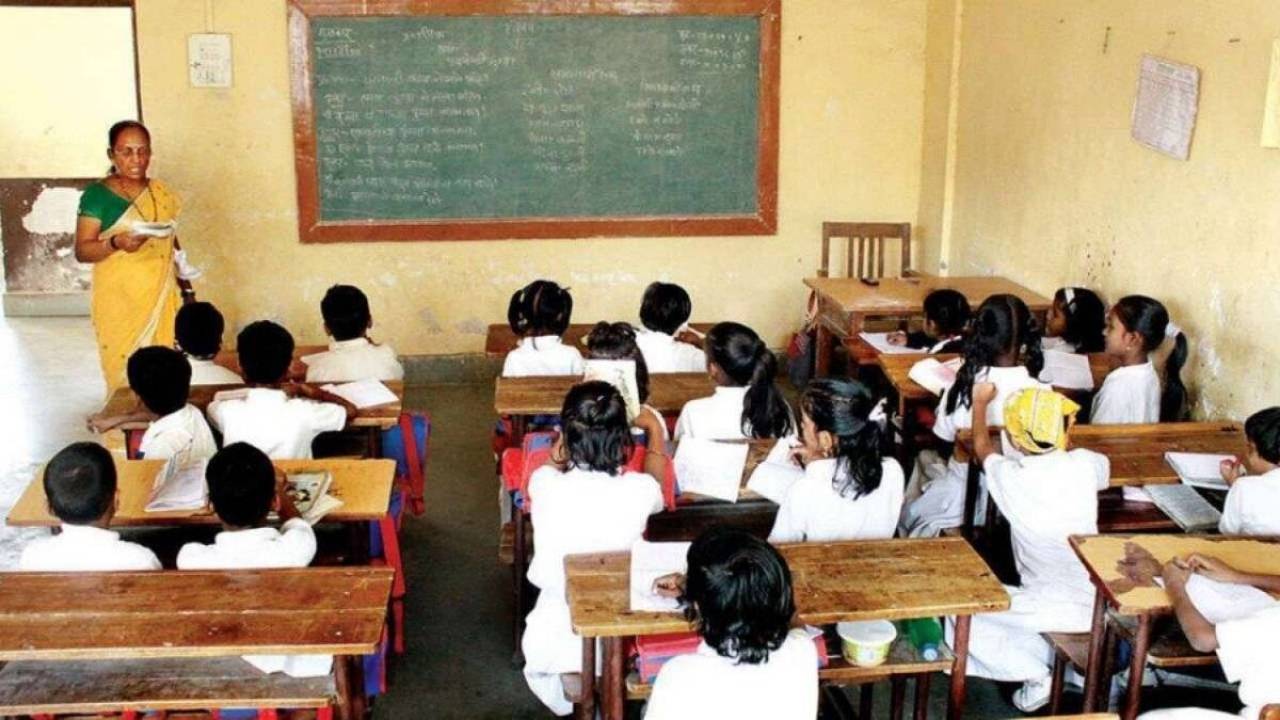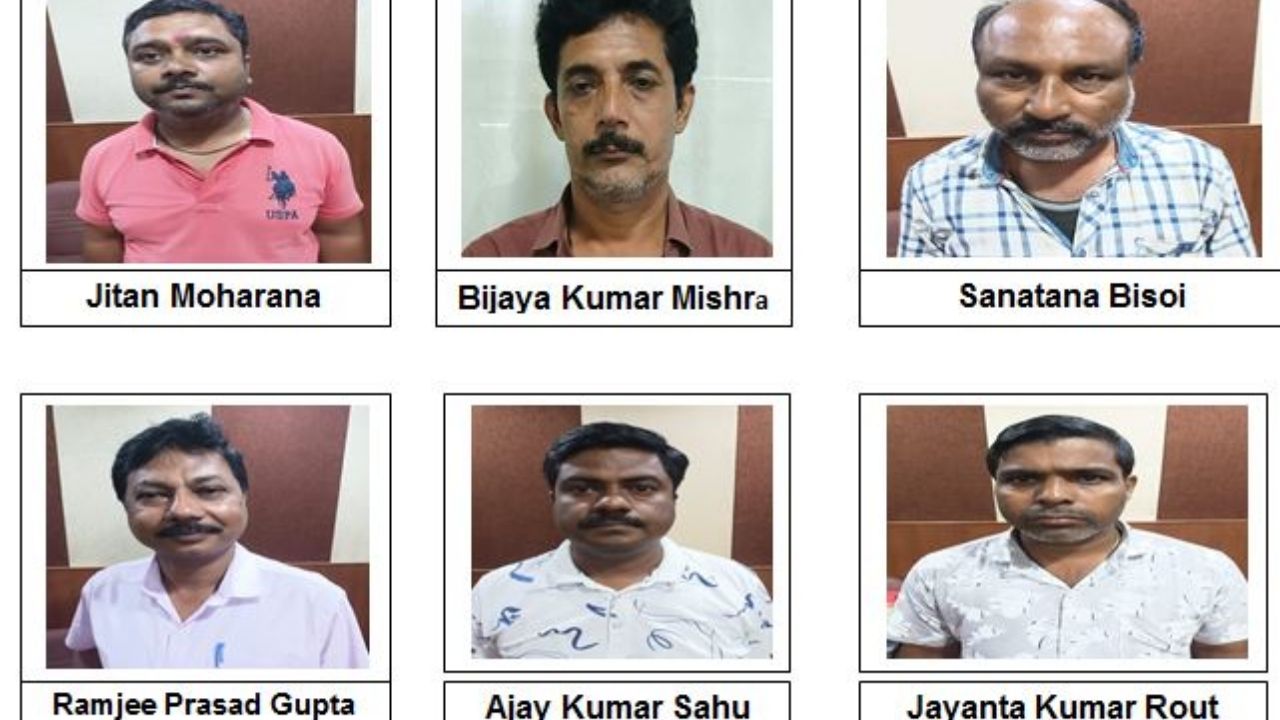In recent times, a government report has brought to light a troubling trend: the dropout rate from Eklavya Model Residential Schools (EMRS), institutions aimed at providing quality education to tribal children, has skyrocketed by five times in just a few years. With Chhattisgarh and Odisha bearing the brunt of this surge, it is becoming clear that the challenges these schools face are not just administrative but deeply rooted in infrastructure, teacher shortages, and economic hardships.

In this article, we’ll break down the factors contributing to this rise, what’s being done to fix the problem, and how this issue impacts both the students and the broader community. Whether you’re an educator, a policymaker, or simply someone who wants to understand more about this important issue, you’re in the right place.
Govt Report Reveals Fivefold Rise in EMRS School Dropouts
| Key Insight | Details |
|---|---|
| Fivefold rise in dropouts | From 111 in 2021–22 to 552 in 2024–25. Source: Government report. |
| Top States Affected | Chhattisgarh (88), Odisha (87), Madhya Pradesh (71), Maharashtra (68), Andhra Pradesh (66). |
| Key Causes | Poor infrastructure, teacher shortages, economic struggles, early marriages. |
| Government Response | Increased funding, digital classrooms, vocational education programs. |
| Official Report Reference | Government Data on Dropout Rates |
The rising dropout rate in Eklavya Model Residential Schools is a clear indicator of the challenges faced by tribal communities in India. The government’s efforts to tackle these issues through infrastructure development, teacher recruitment, and digital tools are steps in the right direction. However, continued collaboration between governments, communities, and education systems is essential to ensuring that these children receive the education they deserve.
In conclusion, it’s crucial that we all play a role in helping tribal children stay in school. Whether it’s by supporting local initiatives or encouraging positive change in education policy, every action counts.
The Rise of Dropouts in EMRS Schools: What’s Happening?
The Eklavya Model Residential Schools (EMRS) were introduced with the goal of ensuring that tribal children, particularly those in remote areas, have access to quality education. Over time, however, many of these schools have faced significant challenges, leading to a sharp rise in dropout rates.
According to recent data from the Indian government, the number of students leaving these schools has increased by nearly five times over a span of just four years, jumping from 111 students in the 2021-2022 academic year to 552 students in 2024-2025. While this is a national concern, Chhattisgarh and Odisha have been hit the hardest, with dropout numbers in both states showing a significant uptick.
So, What’s Going Wrong?
There are a few key reasons behind this trend, and understanding these factors can give us insight into how to better address the dropout crisis. Here’s a quick rundown:
1. Infrastructure Gaps:
Many EMRS schools simply don’t have the resources or infrastructure they need to keep students engaged. Imagine trying to learn in a classroom with broken chairs, outdated materials, or limited space. That’s the reality for many students in these schools.
Schools in remote areas often suffer from poor facilities, which makes it hard for students to concentrate or get the support they need. And when things like toilets, clean drinking water, or a safe learning environment aren’t available, students are more likely to drop out.
2. Teacher Shortages:
You know how frustrating it can be when there’s substitute teacher after substitute teacher. It disrupts learning and can make it hard to stay focused. For the students in tribal areas, many schools lack qualified teachers, especially for specialized subjects. This shortage directly impacts the quality of education and makes it harder for students to stay on track.
3. Economic and Social Pressures:
The socio-economic conditions in tribal communities are tough. Families are often struggling to make ends meet, which leads to children being pulled out of school to support the household. Students may be forced to work, especially in agriculture or manual labor, to help their families financially.
Additionally, early marriages and a lack of transportation options can make it difficult for students to attend school consistently, further contributing to the dropout rates.
4. Migration to Cities:
Another issue is migration. Many tribal families move from rural areas to cities in search of better job opportunities. This means that children often have to leave their EMRS school mid-year, which disrupts their education and leads to dropouts.
The Government’s Response: What Are They Doing About It?
To combat the rising dropout rates, the Indian government has put several measures in place. However, these solutions need time to fully make an impact. Let’s dive into what’s being done:
1. Increased Funding for EMRSs:
In response to the crisis, the government has increased funding for EMRS schools, from ₹1,200 crore in 2020-21 to a substantial ₹4,748 crore in 2024-25. This funding boost is aimed at improving school infrastructure, such as building new classrooms, upgrading libraries, and providing modern learning tools like computers and smartboards.
2. Digital Classrooms:
To make learning more engaging, the government is rolling out digital classrooms. By introducing e-learning tools, students can access interactive lessons, study materials, and even virtual field trips. This step helps keep students motivated and connects them to modern educational resources.
3. Vocational Education:
To make education more relevant and practical, vocational programs in fields like coding, artificial intelligence, and agriculture are being introduced. This approach helps students gain skills that are useful both for higher education and employment.
4. Nutritional Support and Counseling:
Many students come to school on an empty stomach or feel the weight of mental health issues. The government has introduced programs providing nutritious meals to ensure students are physically and mentally healthy. Additionally, counseling services are available to help students deal with personal and academic challenges.
5. Recruitment Drives for Teachers:
A large-scale recruitment drive has been launched to hire qualified teachers and non-teaching staff. The goal is to reduce the teacher shortage, making sure each student has access to high-quality instruction.
How Can We Prevent More Dropouts?
While the government’s efforts are commendable, there are still areas where communities, educators, and families can come together to help. Here are a few suggestions:
1. Community Engagement:
Parents, local leaders, and community members can work together to promote education and help children stay in school. It’s important to show the long-term benefits of schooling, not just for the individual child but for the entire community.
2. Better Access to Education:
If transportation is an issue, communities could look at creative solutions like school buses or carpooling programs to ensure students can get to school.
3. Stronger Support Systems:
Schools can implement mentorship programs where senior students or community members guide younger students. This can create a sense of responsibility and make students feel supported.
4. Leveraging Technology:
As digital classrooms expand, using online tutoring, study apps, and educational games can further engage students and help them stay interested in learning.
Odisha Commits Over Rs 5,000 Crore to Establish 835 Model Schools for Quality Education
Bhadrak Schools Shut Amid Heavy Rains: What You Need to Know About the Latest Weather Update
FAQs
What are EMRS schools?
Eklavya Model Residential Schools (EMRS) are educational institutions in India designed to provide quality education to tribal children, especially those in remote areas. These schools aim to bridge the educational gap for tribal communities.
Why are dropout rates increasing in these schools?
The increase in dropout rates is due to poor infrastructure, teacher shortages, economic pressures, and migration. Many students are leaving school to help support their families financially or due to poor learning conditions.
What is the government doing to fix this?
The government is boosting funding, improving school infrastructure, offering vocational training, and introducing digital classrooms. They are also providing nutritional support and conducting recruitment drives to hire more teachers.





